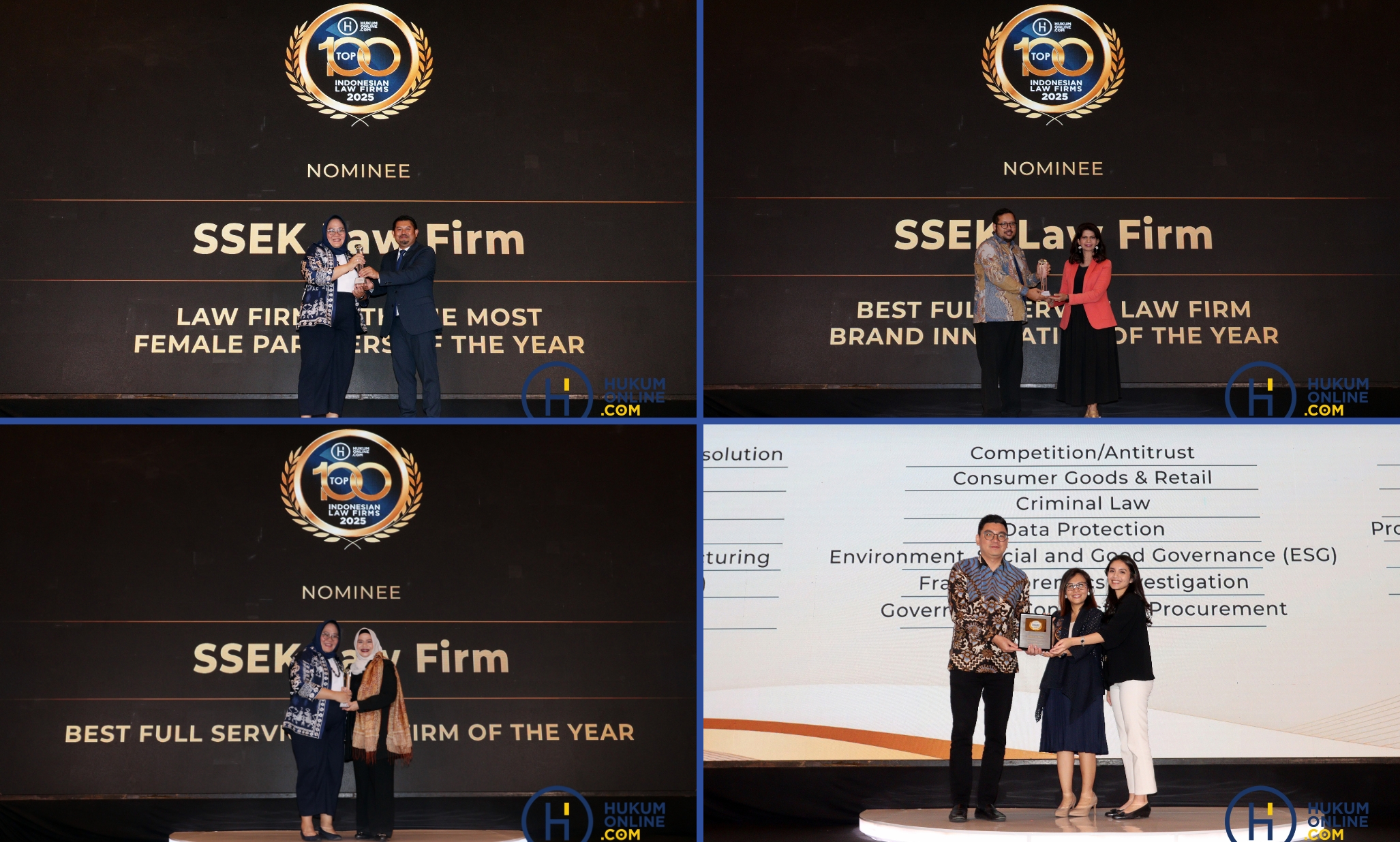

Indonesia has had a bankruptcy law since 1905, when Staatsblad 1905 No. 217 juncto Staatsblad 1906 No. 348 Concerning Bankruptcy was enacted. In response to the 1997-98 Asian financial crisis, and the view that the 1905 bankruptcy law was out of date and irrelevant to modern commercial needs, the Government on April 22, 1998, issued Government Regulation in Lieu of Law No. 1 of 1998 regarding Amendments to the Bankruptcy Law ("GR 1/1998").
GR 1/1998 was adopted as Law No. 4 of 1998 on September 9, 1998. Law No. 4 of 1998 was eventually revoked by Law No. 37 of 2004 regarding Bankruptcy and Suspension of Debt Payment Obligations dated October 18, 2004 (the "Bankruptcy Law").
Bankruptcy is a situation where, among other things, (i) a court declares a person or entity unable to pay its creditors, and (ii) the court appoints a receiver. The job of a court-appointed receiver, supervised by a supervisory judge, is to sell or manage a debtor's assets to satisfy the debtor's obligations to its creditors.
The Bankruptcy Law also introduces the concept of a court-supervised debt restructuring process, known as Suspension of Debt Payment Obligations (Penundaan Kewajiban Pembayaran Utang or "PKPU"). PKPU proceedings give a debtor the chance to avoid bankruptcy proceedings by preparing, negotiating and submitting a composition plan to its creditors for their approval.
The composition plan details how outstanding debts are to be restructured and typically provides, among other things, for rescheduled and extended payment terms, perhaps with a grace period, reduced interest rates and a waiver of penalties and overdue interest.
Notable Recent Developments in Bankruptcy Law
In 2016, the Indonesian Supreme Court issued Circular Letter No. 2 of 2016 regarding Enhancement of Efficiency and Transparency in Handling Bankruptcy and PKPU Cases in Court, dated April 25, 2016 (the "Supreme Court Letter").
The Supreme Court Letter provides: (i) a summary of the process and timeline for the bankruptcy and PKPU processes; (ii) methods to appoint a receiver or an administrator in bankruptcy or PKPU proceedings; and (iii) the power of a supervisory judge to request information from the court-appointed receiver on the status and settlement of bankruptcy assets.
With respect to the appointment of a receiver or administrator, the Supreme Court Letter requires that in the event a debtor files a voluntary bankruptcy or PKPU petition (as opposed to the petition being filed by a creditor), the debtor's nominated receiver(s) or administrator(s) must be approved by creditors. The Supreme Court Letter stipulates that creditors' approval of nominated receiver(s) or administrator(s) is a formal requirement that cannot be avoided.
The Bankruptcy Law does not provide such requirement, and only requires evidence of two or more creditors and the failure of the debtor to pay at least one debt that has become due and payable. It does not require a debtor to obtain approval from creditors for the nomination of its receiver or administrator prior to submitting the bankruptcy or PKPU petition.
With respect to the power of the supervisory judge, the Supreme Court Letter authorizes a supervisory judge at any time to (i) summon and request clarification from a receiver; (ii) sanction a receiver; and (iii) to suggest a replacement receiver to the presiding judge in a bankruptcy or PKPU proceeding.
This expands on the provisions in Article 74 of the Bankruptcy Law, which simply stipulates that a receiver must submit a report on the condition of the bankruptcy estate and the implementation of his or her duties every three months.
Conclusion
Though the intention of the Supreme Court Letter is to improve the efficiency of bankruptcy and PKPU proceedings (as stated in the title of the Circular Letter), the requirement that creditors approve nominated receiver(s) or administrator(s) could prove to be inefficient. To help anticipate this, the Supreme Court may want to consider issuing a clarification on (i) the method or procedures for obtaining creditor approval of receiver(s) or administrator(s), and (ii) whether such approval of nominated receiver(s) or administrator(s) must be obtained from all the debtor's creditors or only from certain creditors.
This publication is intended for informational purposes only and does not constitute legal advice. Any reliance on the material contained herein is at the user's own risk. You should contact a lawyer in your jurisdiction if you require legal advice. All SSEK publications are copyrighted and may not be reproduced without the express written consent of SSEK.









